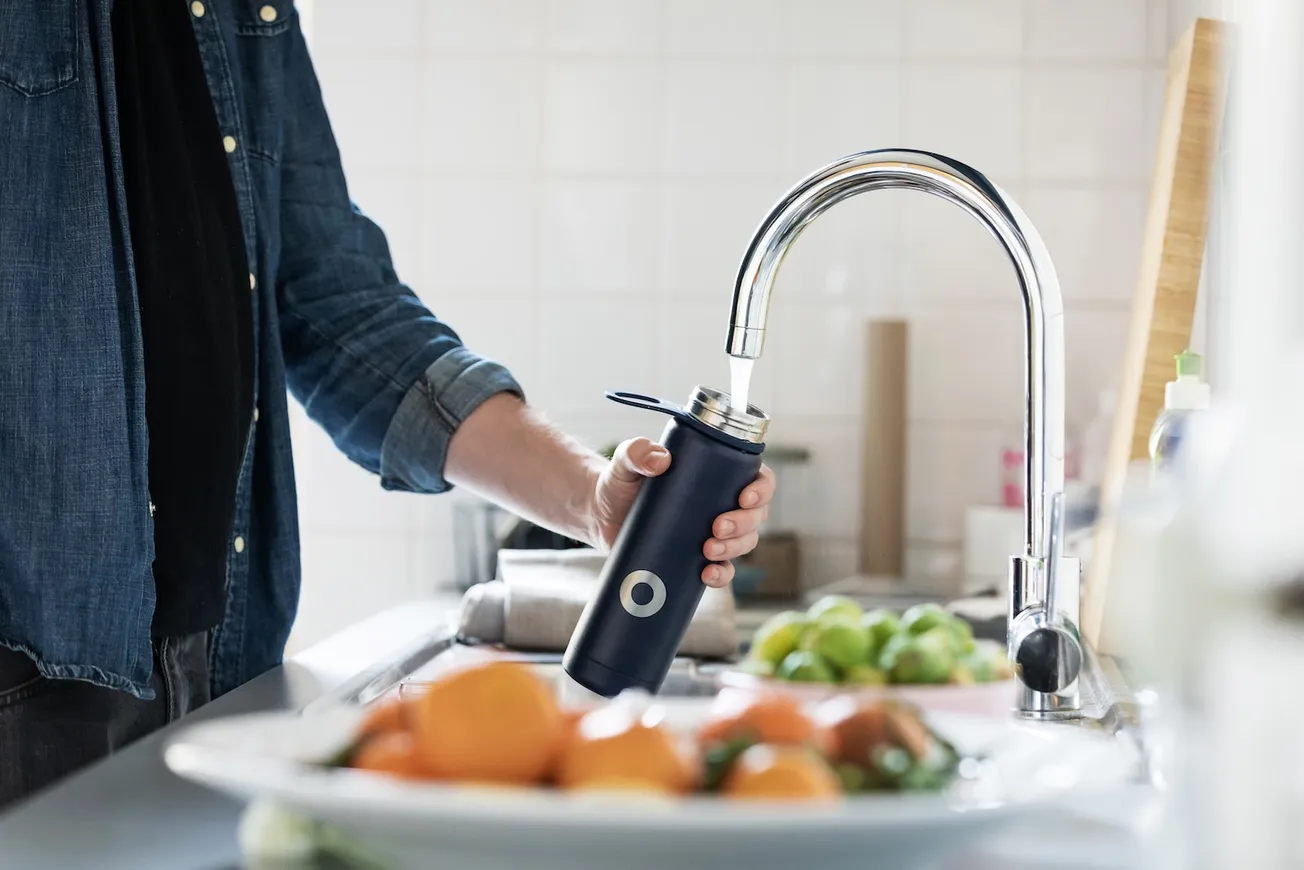Mark Freeman
A major review of the health effects of fluoride by a US government agency has confirmed a link between high fluoride exposure and lower IQs in children. The report’s findings also confirm that New Zealand children are being exposed to fluoride at levels which can reduce their IQs, says a local group opposed to water fluoridation.
The US National Toxicology Program (NTP), a government inter-agency programme, has released a draft report of its meta-analysis of 72 studies, with a focus on 19 high-quality studies.
The report shows a link between pre-natal and childhood fluoride exposure and reduced IQ levels in children. Of the 19 high-quality studies surveyed, 18 reported an association between higher fluoride exposure and lower IQs in children. Forty-six of the 53 low-quality studies also found evidence of that association.
“Our meta-analysis confirms and extends prior meta-analyses that reported associations between higher fluoride exposures and lower IQ levels of children. … [T]he data support a consistent inverse association between fluoride exposure and children’s IQ,” one of the report’s authors says (see page 603 of the background documents to the report).
A 5-point decrease in a population’s IQ would “nearly double the number of people classified as intellectually disabled,” the report’s authors say (page 476).
Some of the high-quality studies reviewed in the meta-analysis showed deficits in children’s IQs in areas where the fluoride level in the water was as low as 0.7 mg/L (0.7 parts per million (ppm)). The fluoridated water supplies in New Zealand contain between 0.7 and 1.0 mg/L . In other words, the fluoride levels in New Zealand’s fluoridated water are at the same level (or higher) than the levels in areas where the meta-analysis studies found children’s IQs were reduced.
“Several of the highest quality studies showing lower IQs in children were done in optimally fluoridated (0.7 mg/L) areas in Canada, but the individual exposure information in those studies, as documented by repeated urinary measurements, suggests widely varying total fluoride exposure from drinking water combined with exposures from other sources” (page 352). Drinking water typically comprises only 30%–70% of a person’s total fluoride exposure since fluoride is also found in certain foods, dental products and other sources, the authors say.
The implications of the draft report for New Zealand have been downplayed by local mainstream media and government officials. In a recent Stuff “fact-checking” article, a New Zealand Ministry of Health spokesperson is quoted as saying: “Much of the evidence presented in the NTP report comes from studies that involve relatively high fluoride concentrations and is not applicable to the fluoridation of water in municipal water sources.” (Read a rebuttal of Stuff’s claims here.)
Fluoride Free New Zealand, a group which opposes fluoridation of water supplies, disagrees with the ministry’s evaluation. The findings of the NTP meta-analysis contradict the claim New Zealand health officials have made for years that water fluoridation is safe, the group says.
Fluoride Free spokesperson Mary Byrne says the meta-analysis confirms many New Zealand children are at risk from exposure to fluoridated water.
“Since 2012, when a meta-analysis of fluoride IQ studies was published in the Lancet, it has been accepted that fluoride is a neurotoxin. The only argument has been at what level? The US government’s NTP report makes it clear that the level is the level many or most New Zealand children are exposed to if they live in a fluoridated area.”
It’s well past time to eliminate this neurotoxin from our water supplies, Ms Byrne says.
Twenty-two out of 67 New Zealand councils are currently fluoridating, exposing just over half of the country’s population to fluoridated water, according to Fluoride Free. In July last year, 14 New Zealand councils were ordered by Director-General of Health Ashley Bloomfield to fluoridate their water supplies, while another 27 councils were advised in November that they may need to do the same.









